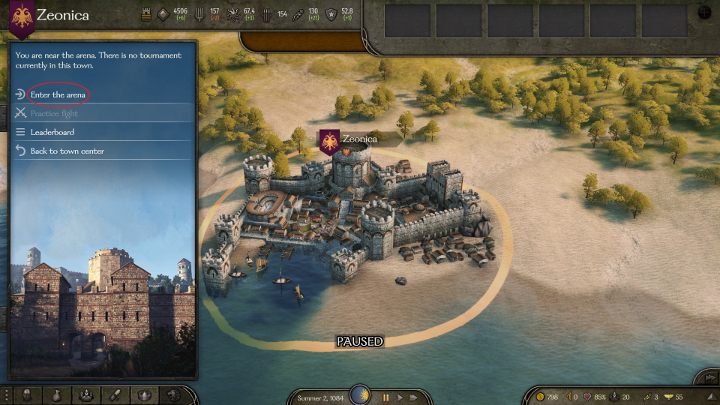

Mounting or unmounting a filesystem underneath /some/where appears under /else/where as a change of the corresponding directory.īindfs can alter some of the file metadata: it can show fake permissions and ownership for files. Any change on one side is “magically” reflected on the other side, but the fact that the files are the same is only apparent when one knows how bindfs operates.īindfs has no knowledge of mount points, so if there is a mount point under /some/where, it appears as just another directory under /else/where. Since bindfs is a separate filesystem, the files /some/where/foo and /else/where/foo appear as different files to applications (the bindfs filesystem has its own st_dev value). Makes /else/where a mount point under which the contents of /some/where are visible. For example, the command bindfs /some/where /else/where The bindfs filesystem is a FUSE filesystem which creates a view of a directory tree.

Unlike a hard link or symbolic link, a bind mount doesn't affect what is stored on the filesystem. (If /else/where was not empty, its previous content is now hidden.)

The directories /some/where and /else/where have the same content, which is the content of /some/where. Any modification on one side is immediately reflected on the other side, since the two views show the same data.įor example, after issuing the Linux command- mount -bind /some/where /else/where The directories and files in the bind mount are the same as the original. A bind mount instead takes an existing directory tree and replicates it under a different point. Classically, mounting creates a view of a storage device as a directory tree. A bind mount is an alternate view of a directory tree.


 0 kommentar(er)
0 kommentar(er)
